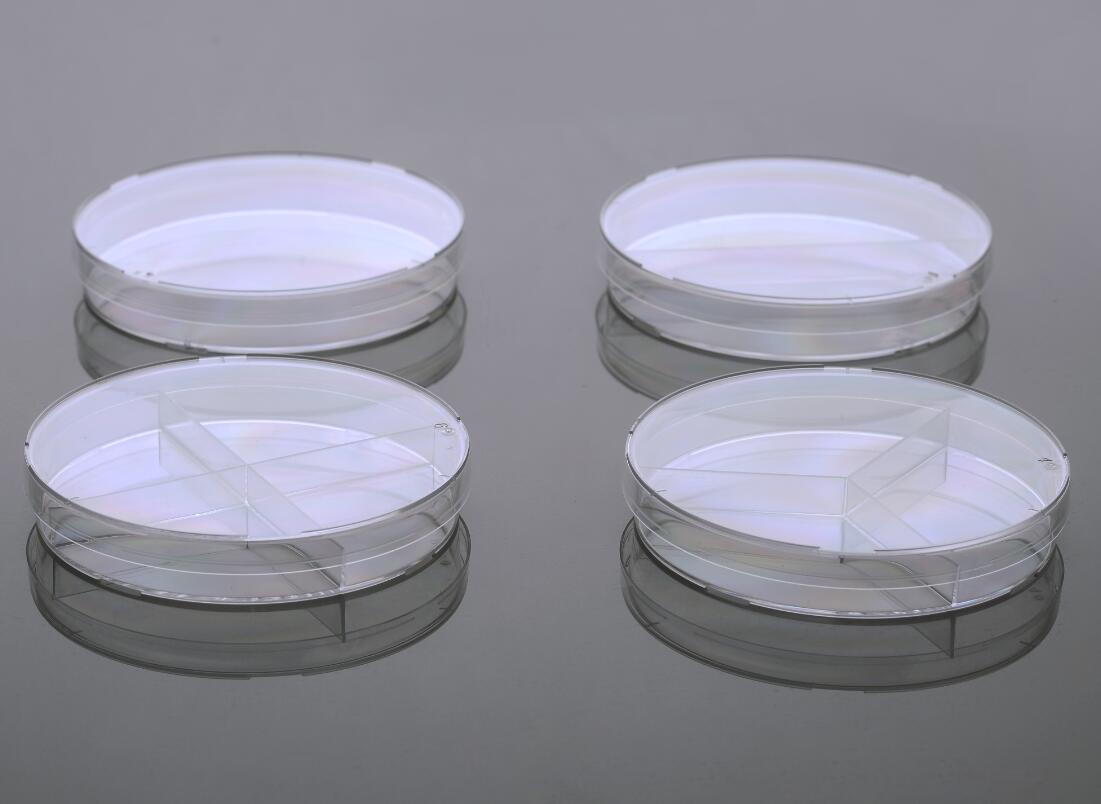Analysis of Overall Layout and Main Components Configuration of Air - Cooled Heat Pump Chiller
1 Introduction
Air-cooled heat pump chillers serve as both cooling and heating sources in central air conditioning systems. They offer high equipment utilization, operate efficiently in both winter and summer, and eliminate the need for water-cooled chillers and boilers, making them energy-efficient, water-saving, and environmentally friendly. Additionally, their compact design allows installation on rooftops without occupying valuable construction space. These advantages have led to widespread adoption of such systems in the Yangtze River region and southern areas in recent years. This paper provides a comprehensive analysis of the overall layout and key component configurations of air-cooled heat pump chiller units, offering practical guidance for their design and selection.
2 Heat Exchanger Type and Overall Layout of Air-Cooled Heat Pump Units
Units with a cooling capacity of approximately 3–15RT are commonly referred to as small villa-style units, while larger models typically range from 20–400RT. The layout and heat exchanger configuration vary depending on the unit type. For smaller units, common designs include oblique-side wind, flat-side wind, and top-wind configurations. In some cases, two fans are used, each paired with an independent refrigeration system. However, during defrosting, water can drip onto the lower fins, potentially causing ice buildup and reducing efficiency.
For integral units, typical configurations include upright finned tubes on the air side, with compressors and water-side heat exchangers located below or inside. Some designs use W-shaped or V-shaped air-side heat exchangers, with compressors placed externally for easier maintenance. Modular units often use V-shaped heat exchangers, but this can lead to uneven airflow and reduced performance in the center. Proper fan sizing is crucial to ensure adequate airflow, especially under extreme conditions like high summer temperatures or frost buildup in winter. Variable-speed fans may be considered to improve adaptability.
Heat exchanger types include flat, corrugated, and window fins. Fin spacing should not be less than 2mm. Internal threading on tubes enhances heat transfer, while hydrophilic coatings reduce air resistance and improve corrosion resistance. Anti-oxidation layers protect against corrosion, especially in coastal areas, and black fin treatments increase heat transfer efficiency.
--- For small gas heat pumps, optimizing the indoor heat exchanger for maximum COP involves adjusting parameters like the number of loops. Optimization studies show that six loops are ideal for cooling, while four loops work best for heating.
3 Water-Side Heat Exchanger
Small villa and modular units often use casing, plate, or vertical coil heat exchangers. The refrigerant-water heat exchanger typically features corrugated threaded inner tubes. Each type has its own advantages and challenges, and proper design is essential to avoid issues like scaling or poor water quality. Effective antifreeze protection is also critical for reliable operation.
4 Throttling Device
Small air-cooled heat pump units often use force expansion valves, which are controlled by a four-way valve for cooling and heating. Capillary tubes can also be used for throttling. Larger units require multiple thermal expansion valves due to varying refrigerant flow conditions. Electronic expansion valves are gaining popularity because they provide better control over suction pressure and superheat, improving partial load performance and defrost efficiency.
5 Compressor Type
Small villa and modular units typically use fully enclosed reciprocating or scroll compressors, while monolithic units often employ semi-hermetic reciprocating or screw compressors. Scroll compressors offer superior performance, higher energy efficiency, and better resistance to wet compression compared to reciprocating models. They also maintain higher volumetric efficiency at high compression ratios, making them more suitable for heat pump applications. Semi-hermetic screw compressors outperform reciprocating ones in terms of energy efficiency and heating performance, especially in colder climates.
These non-treated polystyrene plates are transparent and DNase/RNase-Free. The bottom has a ridge allowing for easy handling and stacking. The plate has three vents for gas exchange.

Petri Dishes,Laboratory Petri Dishes,Microbial Sampling Petri Dishes,Glass Petri Dish
Wuxi NEST Biotechnology Co.,Ltd , https://www.nest-biotech.com